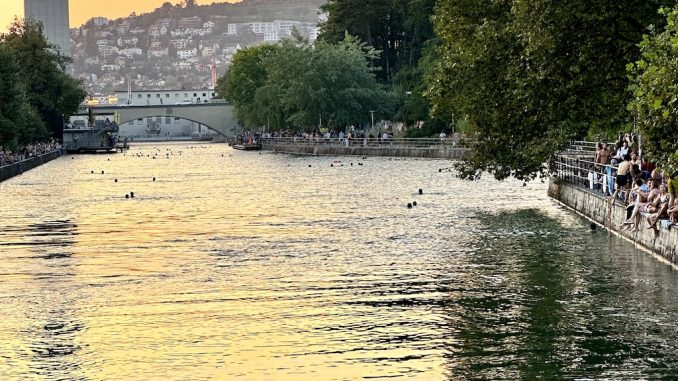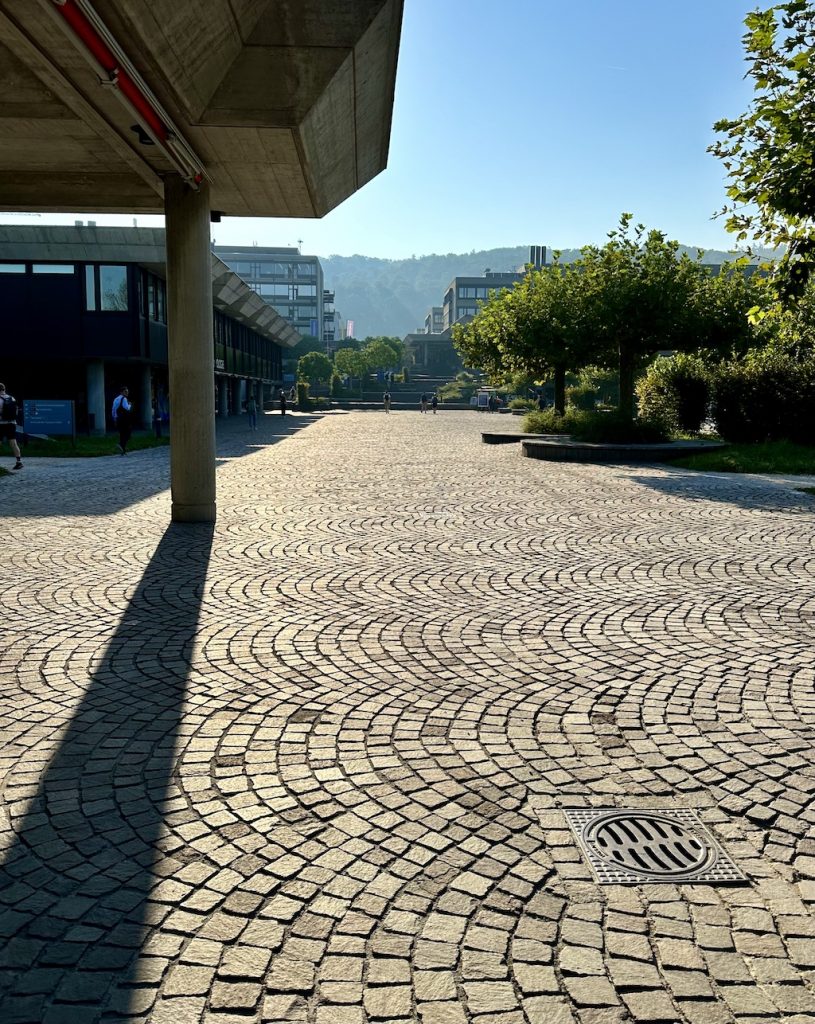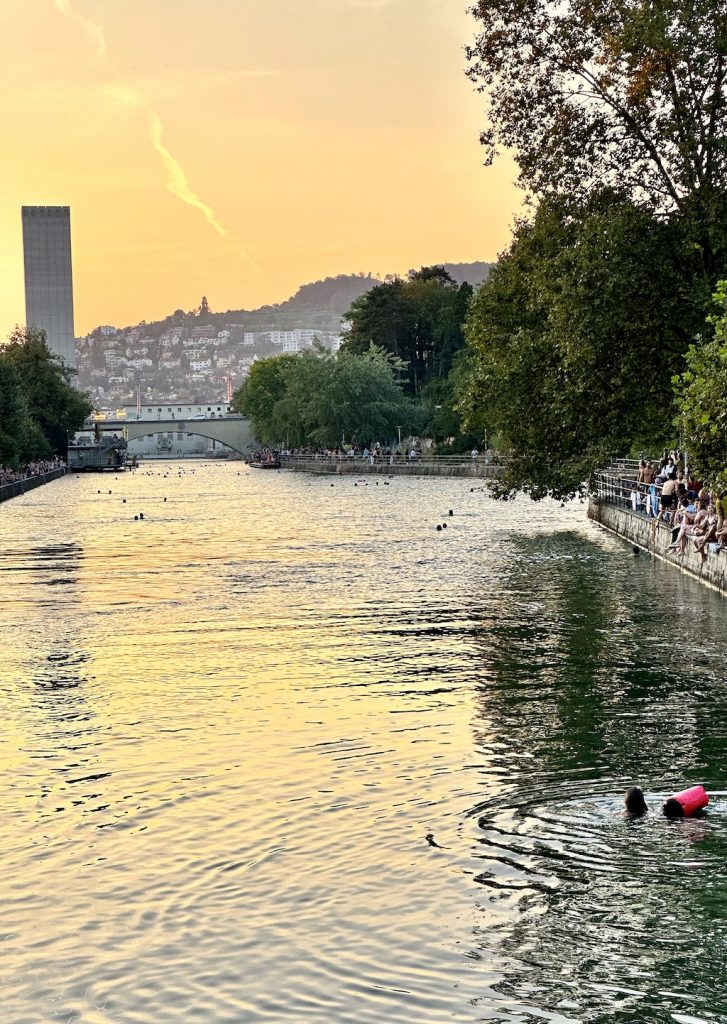
For the second half of last week, I found myself in Zurich, having been graciously invited to events organised by the Swiss Society for Crystallography (SSCr). On Thursday, I could give a pair of lectures introducing X-ray scattering at their one-day SAXS workshop to a keen group of (mostly) young researchers, and the day after, I had been invited to give the opening lecture at the SSCr annual meeting.
As emphasised by Prof. Dr. Antonia Neels, Switzerland is currently seeing a dramatic rise in interest in the X-ray scattering technique, with a spate of new instruments being installed at several locations (ETHZ has a new instrument, as does the University of Fribourg, to name but two). This was reflected by the large number of interested people at the SSCr course. Of particular personal interest were the students and researchers presenting work combining X-ray scattering with other techniques such as PDF to study particle growth, for example as presented in this paper, which also happens to have a few other familiar names on it!


Based on the questions and comments after the SSCr Annual meeting presentation, there seemed to be particular interest (understandably) on the organisation that we put around the MOUSE instrument, including the universal data correction procedures and “holistic” processing pipelines. The addition of the lab automation to provide consistent, well-documented sample series to feed into the process was equally noted. Now that there are more instruments appearing, I am wondering if it makes sense to follow up on a suggestion by one of our colleagues, and set up a central proposal and sample tracking system. That way, samples can travel around to various labs, allowing some of these laboratories to stay more specialised (e.g. to extend the range into the USAXS or PDF region exclusively, rather than having to do it all). We will see…
Also clear over the course of the first day was that us scattering specialists often have to answer specific questions (“can you measure X”) with the wholly unsatisfactory: “it depends”. There are so many aspects playing a role in getting useful data from a sample, that this is the unfortunate generic answer. We can, however, build up a library of case studies where (X-ray) scattering has contributed, so that the prospecting researcher can figure out whether their materials already have successfully analysed analogues in history.
In any case, the visit has thrown up a few questions, but I personally was pleasantly surprised to see the resonance, see a few old and new faces again, and have a chance to visit the beautiful city of Zurich. Lastly, I can also attest that the direct Berlin – Zurich rail connection appears to be a viable alternative.
Thanks to Prof. Dr. Pascal Schouwink and Prof. Dr. Bernhard Spingler for inviting me to the events, and to all the friendly participants of the events. I am looking forward to doing more of these in the future. If you are in Switzerland and are active in X-ray related activities, why not join the SSCr (I hear it’s not expensive) and get access to their regular workshops and lectures!
